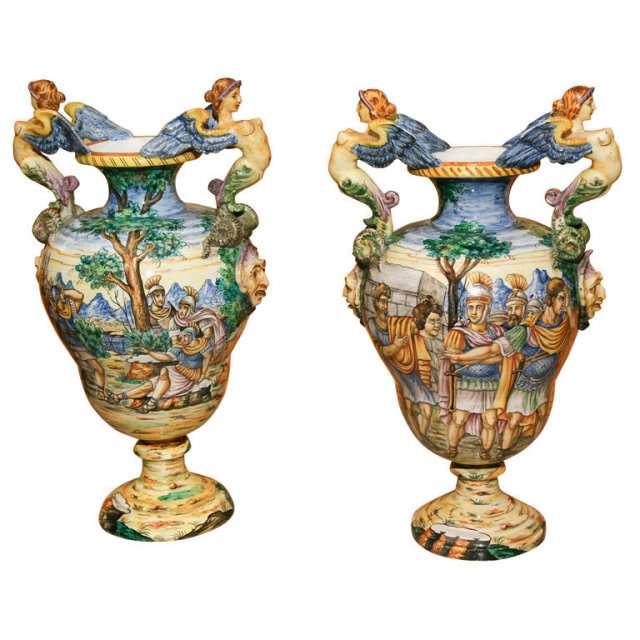Are you interested in the history & culture of Italian Majolica? Want to know how this exquisite pottery is made? Our guide to Italian Majolica gives you the facts & information you want to know.
Majolica refers to a special type of pottery that is produced in Italy and is known for it’s distinct shiny colors. The word Majolica gets its name from the island of Majorca which is the place from where these pottery making techniques came to Italy.
Making Italian Majolica
Traditional Italian pottery, known more commonly as Majolica, is an integral part of the local culture in Italy and has a very interesting and colorful history. Majolica pottery has traditionally been produced in only a few towns in the north of Italy, most of which are situated near rivers where there is easy access to the clay that is needed for producing majolica.
Majolica is still produced today in Italy in much the same as it has been for centuries and relies greatly on the skill of the potter and patience in the process of production. Firstly, the basic shape of the piece of Majolica is crafted from clay that is collected locally. Once left to dry it is then placed in a fire oven or kiln as it is known. The majolica then receives it’s first baking at a temperature in excess of 750 degrees C. After being left to cool slowly, the majolica is taken out of the oven having taken on the familiar reddish hue of common pottery.
The next step in the process is what sets majolica apart from other common forms of pottery. A special chemical is used to coat the majolica that will later react to the glazing that is put on and acts as a form of bonding to keep the glaze on the majolica giving it the distinctive shine for which it is known.
The painting process which gives majolica it’s exquisite beauty is a true process of artistic excellence. The tricky part of painting majolica pottery is that the potter has to be aware that the colors painted on to the pottery will change after the majolica receiving it’s second firing. It is often very difficult to predict exactly what color the majolica will be later on and this is something that only comes with plenty of experience.
Finally the majolica is placed back into the kiln, again at a temperature above 700 degrees C where it remains for at least 12 hours. After cooling, the finished piece of majolica is taken out and only at this point do the splendidly shiny colors with which we associate majolica begin to show.





